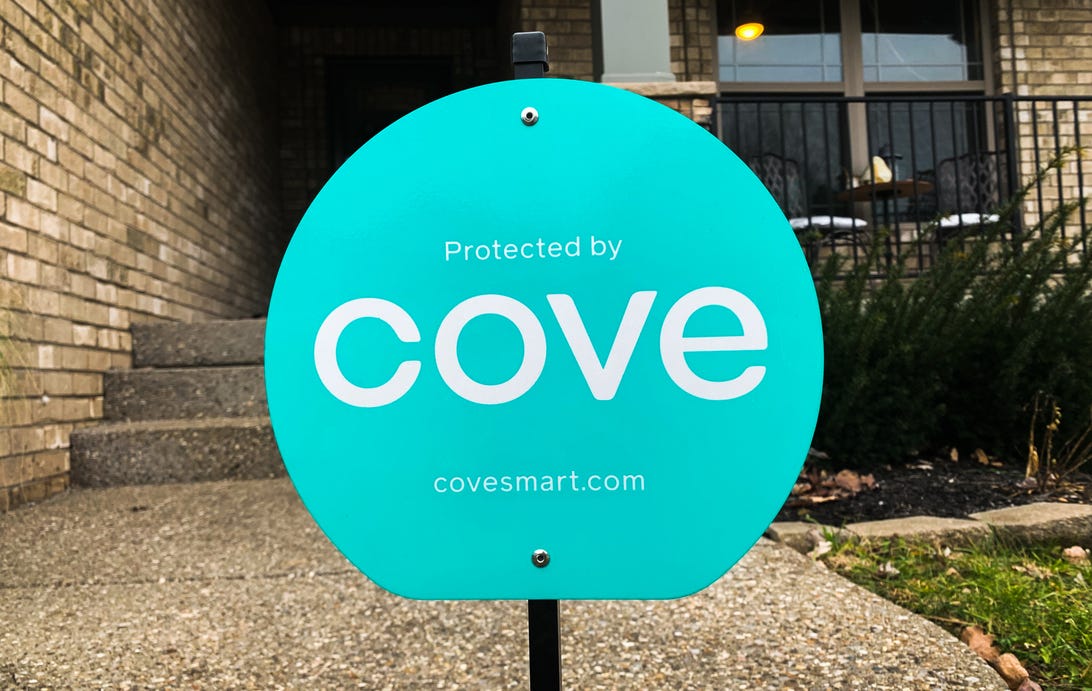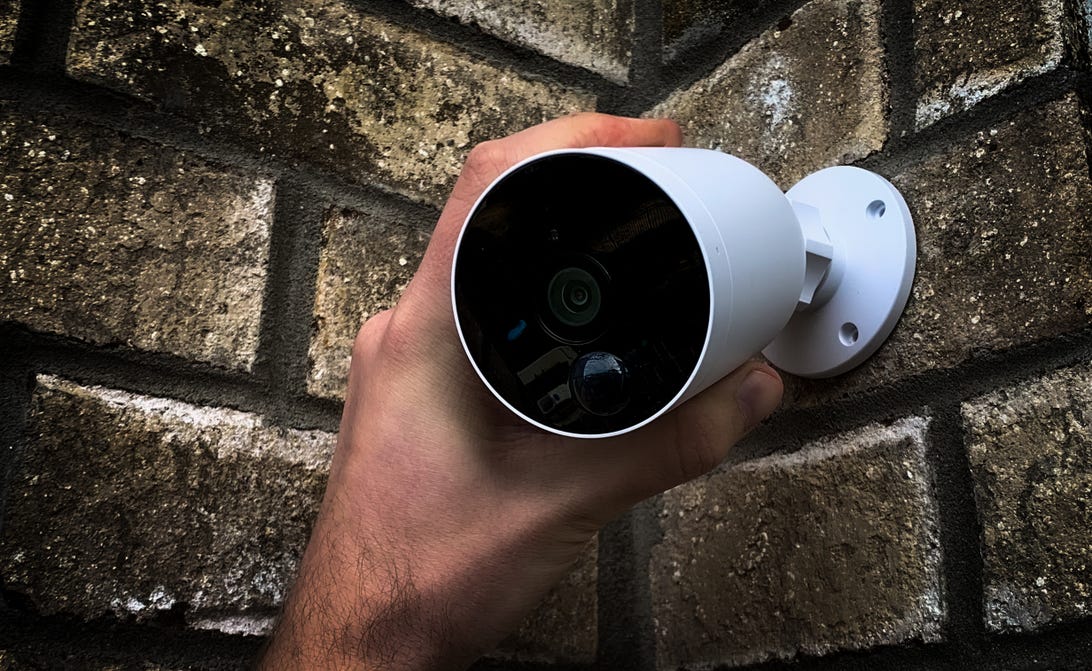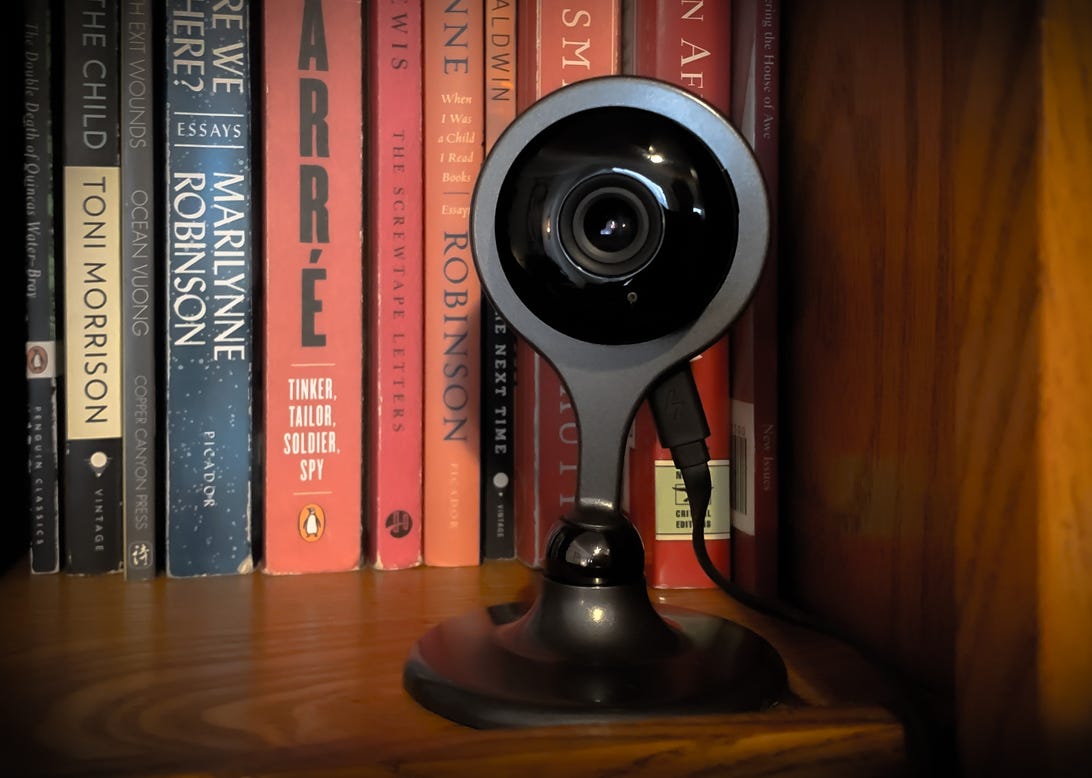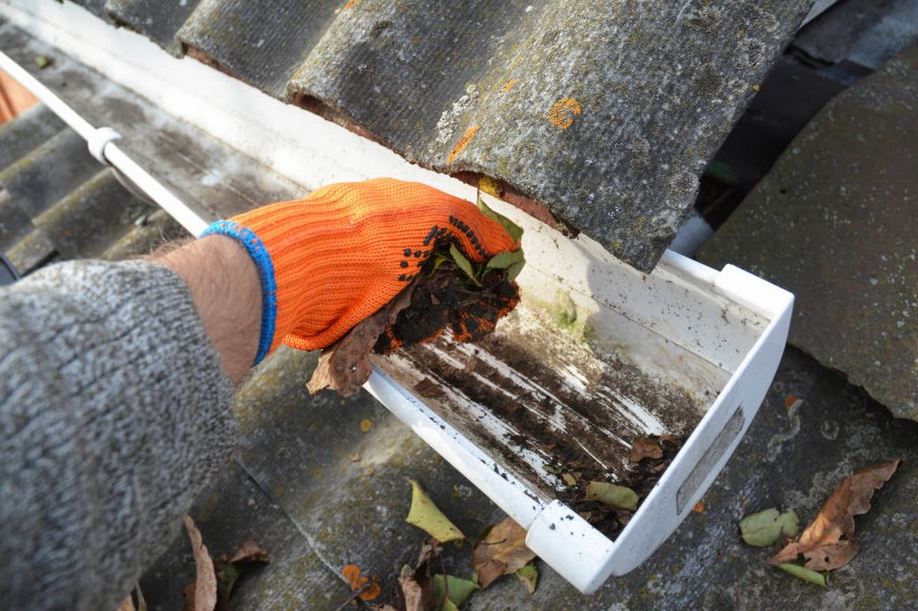
David Priest/CNET
Most people shouldn’t buy Cove Home Security — not because it’s a bad system, but because it fails to rise above the competition in any clear category. It’s not as affordable as Wyze Home Monitoring and not as smart as Ring Alarm Pro. Its closest competitor, SimpliSafe, has nearly identical pricing and features, but offers a more polished and unified experience overall.
What’s more, there is no self-monitoring option with Cove — meaning you can’t install cameras or sensors and check them on your phone without opting for a monthly subscription that includes professional monitoring. This whole approach seems at odds with Cove’s status as a DIY home security system.
All of that said, Cove shouldn’t simply be relegated to the discount bin; it’s a system with promise, and if it can tighten up its user interface and find more ways to distinguish itself in an increasingly crowded industry, it could easily compete with bigger and (for now) better home security systems.
Don’t Like
- No self-monitoring option
- Restrictive subscription model
- Nothing to distinguish it
What you get with Cove
Cove’s DIY security system isn’t sold in packages: instead, you order the devices individually, tailoring your setup to your precise needs. For instance, I got a touchscreen hub, three door/window sensors, one motion detector, one flood sensor, one smoke/CO detector, one glass break sensor, one keyfob, one emergency button, one indoor camera and one outdoor camera — that added up to $757 worth of merchandise… or $227, if you bought it around Black Friday.
DIY home security companies seem to have big discounts on their systems all the time nowadays, which can make it hard to review them. My suggestion: Read the reviews, but also check the current pricing of whatever system you’re considering, because it could dramatically differ from its listed price, which is what I’ll be discussing for most of this piece.
Regardless of the hardware price, Cove requires you to subscribe to one of two monitoring tiers, at $15 per month or $25 per month. Both come with professional monitoring, cellular and battery backup, along with other basics. Only the more expensive service includes camera support, app control and smart home integration with Alexa and Google Assistant.
That Cove’s $15 tier doesn’t include camera integration or even app control feels like a huge oversight. Even Wyze’s $5-per-month, super-affordable monitoring plan offers more self-monitoring features than that for a third the price.
The pricier subscription tier is definitely the better value of the two, but it doesn’t stand out against competitors. Despite sharing most of its features with SimpliSafe’s nearly identical $25-per-month tier, Cove still feels like the less worthy of the two. Its app isn’t particularly user-friendly, and smart home integration is extremely limited. For instance, I found a place on the app to create “scenes,” where a sensor might trigger smart home devices. But I couldn’t figure out how to implement them. After scouring the internet and exploring various dusty corners of the app, I finally reached out to Cove for answers — only to discover that smart home scenes haven’t yet been implemented (they’re apparently coming next year). The reference in the app was just a “tease” for the future feature, though to me it felt more like frustrating app design.
(Un)smooth moves
Setting up Cove’s system was, for the most part, painless. A touchscreen tablet that doubles as a central hub is the first device you install. Plug it in and it guides you through activating all of your various sensors and additional devices. These devices connected quickly and as intended, leaving me with a wide array of sensors and alarm activators.
So far, so good.
Next came the installation of the two cameras. First up: the indoor camera, which you need to install with the Cove app. (Again, bizarrely, Cove doesn’t offer app access to users unless they opt for the more expensive $25-per-month monitoring option.)
To install the camera, I had to scan a QR code on the device, then have the camera scan a QR code on my phone’s screen. It’s a small hassle, but it worked quickly and without any trouble. The indoor camera was good to go within a few minutes.
The installation process for the outdoor camera was pretty much identical. I scanned the QR code with my phone, tried to scan the QR code with the camera… and the code wouldn’t scan. No problem, I thought; let’s reset the camera and try again. Still no luck.
The good news? There’s a link on the app screen to help you troubleshoot. The bad news? That link leads to a screen that never loads.

Cove’s outdoor camera offers few smarts for its $200 price tag.
David Priest/CNET
I reached out to Cove, and they admitted they’ve been having this issue with the first generation of outdoor cameras, and the second generation had solved it. I have to take their word for it, since the second generation is not available, thanks to stocking issues.
Eventually I circumvented the problem by snapping a screenshot of the QR code, blowing it up to about quadruple size on my laptop screen, and scanning it from there.
All in all, the setup process was pretty easy — but it wasn’t as smooth or intuitive as others I’ve seen. Even tabling the technical difficulties with the outdoor camera, the dual use of the hub for device setup and the app for camera setup makes the system feel less integrated than it really is, and the opportunity to really learn the app (which has a lot more flexibility than the hub’s interface) gets lost in that shuffle.
Hardware made easy
Let’s take a look at how Cove’s hardware stacks up against its closest competitor, SimpliSafe (a system that we’ve given multiple Editors’ Choice awards).
Cove vs SimpliSafe
| Cove | SimpliSafe | |
| Hub | $250 | $200 |
| Door/Window sensors | $15 | $15 |
| Motion sensor | $30 | $30 |
| Flood sensor | $20 | $20 |
| Glass break sensor | $35 | $35 |
| Keyfob | $25 | $25 |
| Smoke/Carbon monoxide detector | $55 | N/A |
| Emergency button | $20 | $20 |
| Indoor camera | $99 | $99 |
| Outdoor camera | $199 | $170 |
You’ll notice that Cove’s pricing is almost identical to SimpliSafe’s — and it’s worth remembering that both of them often come with discounts. SimpliSafe sells separate smoke detectors and CO detectors, as opposed to Cove’s dual device; SimpliSafe also has a temperature sensor, and a slightly cheaper outdoor camera.
The biggest difference is how each company uses its hub. For SimpliSafe, the hub is meant to fade into the background, simply connecting the rest of the devices in the system. The keypad lets you arm and disarm your system conveniently.
For Cove, the hub is crucial; enabling you to check your sensors, manage passcodes, view your history and toggle various other features (it’s also got an ear-splitting alarm). For the $15-per-month tier of Cove’s subscription service, the hub is the only way to control the system.
The similarities between Cove and SimpliSafe reemerge when you look at the cameras: Cove’s indoor camera has 1080p resolution, two-way talk and a 110-degree field of view; SimpliSafe’s camera is the same, except for a 120-degree field of view. Both include motion detection, though Cove’s camera also boasts person detection.
Interestingly, the Cove app says the indoor camera can also listen for various sounds, like babies crying or people calling for help — a fairly high-end feature that would require computer processing either on the device or in the cloud. I was surprised to see the feature on such an affordable camera and asked Cove’s representative about the feature. Turns out, it doesn’t actually identify different sounds. Instead it starts recording when it picks up any sufficiently loud noise, and then notifies you accordingly. You can adjust the decibel threshold that will trigger a notification. That’s not a bad feature, but it’s also not a great one.

Cove’s indoor camera is a solid deal — but you can’t even use it without subscribing to the $25-per-month monitoring plan.
David Priest/CNET
While Cove’s indoor camera edges out SimpliSafe’s with its person detection feature, the opposite is true for the outdoor camera. SimpliSafe’s outdoor camera can send person, vehicle and animal alerts, along with support for specifying motion zones to attend and others to ignore (such as your neighbor’s yard or a street). Cove’s outdoor camera has fewer features even than its indoor camera.
What’s more, the outdoor camera appears to have no noise-canceling feature, which means a breezy day can render the audio from the Cove camera almost unusable.
One perk of both of Cove’s cameras is that they support the use of a microSD card, included in the box, for local video storage. Such a feature is great for those who prefer local storage to relying on the cloud, and I’d like to see it become an industry norm. Some devices from Ring, Arlo and Wyze include microSD card slots — but they rarely include the cards in-package (Ring Alarm Pro being a notable exception).
Cove’s hardware is fairly well-priced overall, although its dependence on a hub feels a little outdated to me. Worse is the lack of exciting or interesting features in the cameras. The outdoor camera in particular feels underwhelming in a field of competitive outdoor cameras with built-in sirens, spotlights, smart notifications and much more — all with the same $200 price tag.
Should you buy Cove?
All things considered, is Cove worth its full list price? No.
If you’re able to find the system, as I did, on a 70%-off discount — and you’re less interested in self-monitoring than professional monitoring — go for it. It will definitely get the job done. For most people, though, there are better options on the market.



More Stories
Timber Dining Tables | Why They Should Be Your Number 1 Choice
How to Use Microwave with Oven Functions for Quick and Easy Cooking
Jersey Shore condo to Beach Townhouse Update